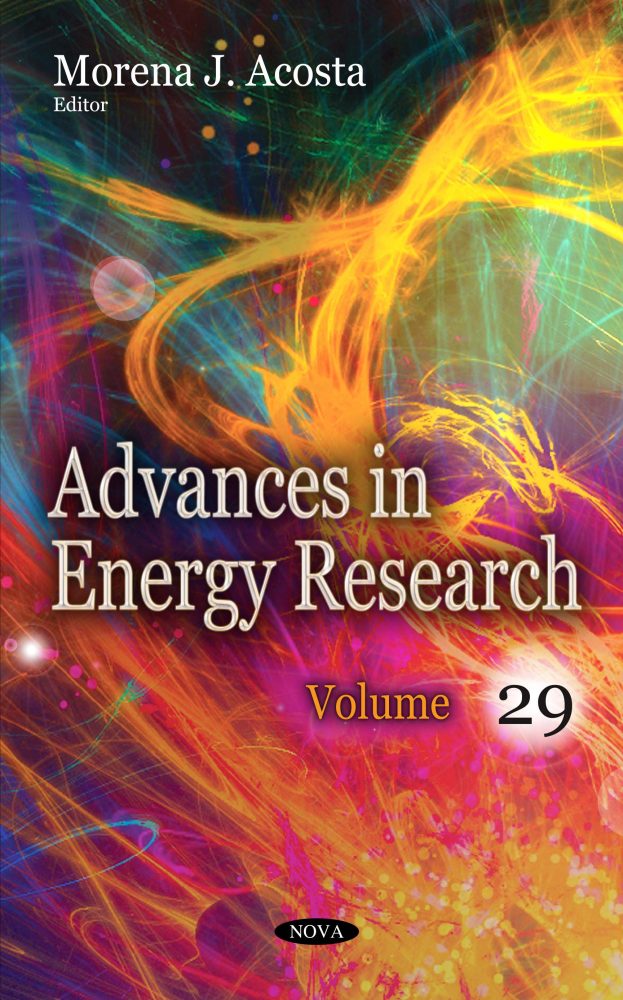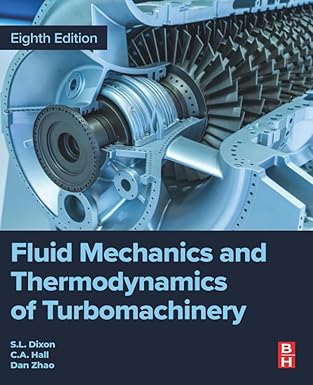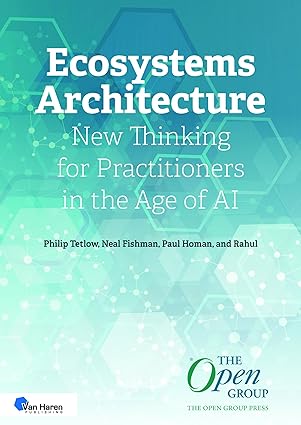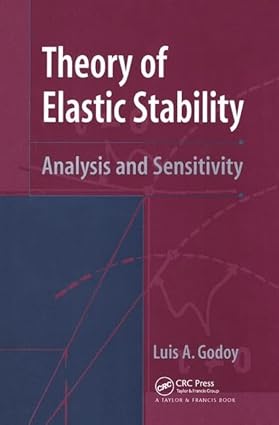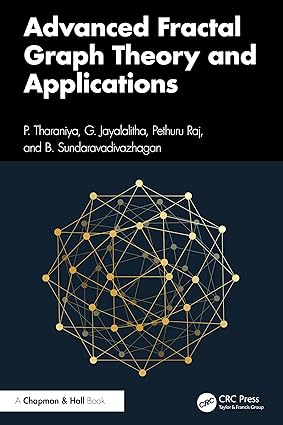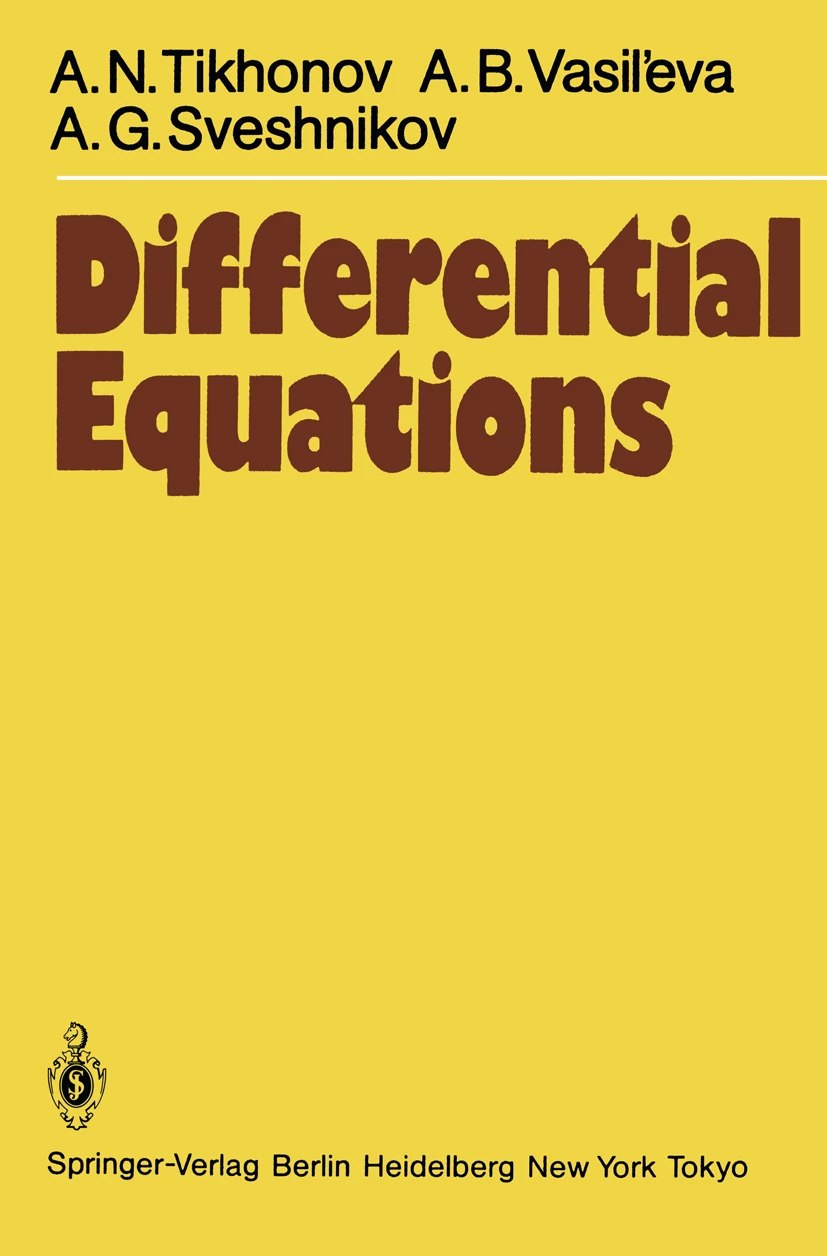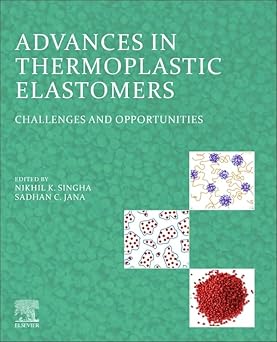In this compilation, the authors develop a modeling approach and formulate global equations. The data is based on the thermos-economic theory that uses the thermodynamic process of cost formation and that considers the direct and indirect effects of all components of every system in each cited field. The relations between the incomes and impacts of the use of energy in all sectors with different systems are discussed, and characteristic equations representing each physical behavior of every plant in the system and its impact will be formulated. The Nigeria energy situation is reviewed in order to identify potential sites of SHPs and how small hydropower fits in as the solution to the country sustainable energy challenge.
Issues of small hydropower resource availability, technology, environment and climate change have been also discussed. Following this, an overview of industrial systems of oxycombustion integrated in microalgal photobioreactors is provided. The authors discuss issues related to carbon capture technologies, the science and technology of the oxycombustion, the biological oxygen generation, the photobioreactors and the process integration, summarizing a range of useful strategies directed to the industrial sustainable development. The development process for harvesting marine energy for local small-scale usage is described; marine energy has received much attention globally and is being developed as a viable source of renewable energy. While high tidal and fast water current would yield large energy generation, not all locations possess these advantages. With different limitations for specific site locations, this study suggests that micro-scale marine turbine may be suitable for areas with low tidal velocity.
Continuing, a review is provided which describes recent approaches adopted to engineer nanostructured electrocatalytic materials for efficient mass transport of reactants and products, high conductivity and activity for electrochemical CO2 reduction into value-added chemicals or intermediates. The current state of integration of Big Data, Data Mining and Artificial Intelligence techniques in advanced Energy Systems Optimization is also examined. A comprehensive review of relevant Artificial Intelligence techniques applicable to the optimization of DER is described, in addition to a review of relevant software needed to model advanced DERs.
چکیده فارسی
در این مجموعه، نویسندگان یک رویکرد مدلسازی ایجاد کرده و معادلات جهانی را فرموله می کنند. داده ها بر اساس نظریه ترموس اقتصادی است که از فرآیند ترمودینامیکی تشکیل هزینه استفاده می کند و اثرات مستقیم و غیرمستقیم همه اجزای هر سیستم را در هر زمینه ذکر شده در نظر می گیرد. روابط بین درآمدها و اثرات استفاده از انرژی در تمام بخشها با سیستمهای مختلف مورد بحث قرار میگیرد و معادلات مشخصه نشاندهنده هر رفتار فیزیکی هر گیاه در سیستم و تأثیر آن فرمولبندی میشود. وضعیت انرژی نیجریه به منظور شناسایی مکانهای بالقوه نیروگاههای کوچکتر و نحوه قرارگیری نیروگاههای آبی کوچک به عنوان راهحل چالش انرژی پایدار کشور مورد بررسی قرار میگیرد.
مسائل مربوط به در دسترس بودن منابع انرژی آبی کوچک، فناوری، محیط زیست و تغییرات آب و هوایی نیز مورد بحث قرار گرفته است. پس از این، یک مرور کلی از سیستمهای صنعتی احتراق اکسی ادغام شده در فوتوبیوراکتورهای میکروجلبکی ارائه شده است. نویسندگان مسائل مربوط به فنآوریهای جذب کربن، علم و فناوری احتراق اکسیژن، تولید اکسیژن بیولوژیکی، فتوبیوراکتورها و یکپارچهسازی فرآیند را مورد بحث قرار میدهند و مجموعهای از استراتژیهای مفید را برای توسعه پایدار صنعتی خلاصه میکنند. فرآیند توسعه برای برداشت انرژی دریایی برای استفاده در مقیاس کوچک محلی شرح داده شده است. انرژی دریایی در سطح جهان بسیار مورد توجه قرار گرفته است و به عنوان یک منبع قابل دوام از انرژی های تجدید پذیر در حال توسعه است. در حالی که جریان آب با جزر و مد زیاد و سریع می تواند انرژی زیادی تولید کند، همه مکان ها از این مزایا برخوردار نیستند. با محدودیتهای مختلف برای مکانهای خاص، این مطالعه نشان میدهد که توربین دریایی در مقیاس میکرو ممکن است برای مناطقی با سرعت جزر و مد کم مناسب باشد.
در ادامه، مروری ارائه میشود که رویکردهای اخیر اتخاذ شده برای مهندسی مواد الکتروکاتالیستی نانوساختار برای انتقال جرم کارآمد واکنشدهندهها و محصولات، رسانایی و فعالیت بالا برای کاهش الکتروشیمیایی CO2 به مواد شیمیایی با ارزش افزوده یا واسطهها را توصیف میکند. وضعیت فعلی ادغام تکنیکهای کلان داده، داده کاوی و هوش مصنوعی در بهینهسازی سیستمهای انرژی پیشرفته نیز بررسی میشود. مروری جامع از تکنیکهای هوش مصنوعی مربوطه که برای بهینهسازی DER قابل استفاده هستند، به اضافه مروری بر نرمافزار مربوطه مورد نیاز برای مدلسازی DERهای پیشرفته توضیح داده شده است.
ادامه ...
بستن ...
Preface
Chapter 1. A Thermo Economic Modeling Approach to Evaluate the Impacts of the Energy Sector: Theoretical Development and Case Study
(Mohamed Habib Sellami, Hydraulic Department, High School for Rural Engineering Medjez El Baba, University of Jendouba, Jendouba, Tunisia, and others)
Chapter 2. The Potentials of Minimal Hydropower for Sustainable Energy Development in Nigeria
(O. Sunday Oyedepo and N. Collins Nwaokocha, Mechanical Engineering Department, Covenant University, Ota, Nigeria, and others)
Chapter 3. Photobioreactors in Integrated Systems of Oxycombustion
(Ihana A. Severo, Rodrigo S. Bizello, Leila Q. Zepka and Eduardo Jacob-Lopes, Department of Food Science and Technology, Federal University of Santa Maria (UFSM), Santa Maria, RS, Brazil)
Chapter 4. The Development of Localised Marine Power in the Coastal Area
(Jimmy C.K. Tong and Chul H. Jo, Arup, Building Sustainability Group, Hong Kong SAR, China, and others)
Chapter 5. Electrochemical Conversion of CO2 into Valuable Products
(Pablo Martinez Pancorbo and Oluwafunmilola Ola, College of Engineering, Mathematics and Physical Sciences, University of Exeter, Exeter EX4 4QF, United Kingdom)
Chapter 6. Modern Electrical Grid Optimization with the Integration of Big Data and Artificial Intelligence Techniques
(Amevi Acakpovi and Nana Yaw Asabere, Electrical/Electronic Engineering Department, Accra Technical University, Accra, Ghana)
Index
ادامه ...
بستن ...
